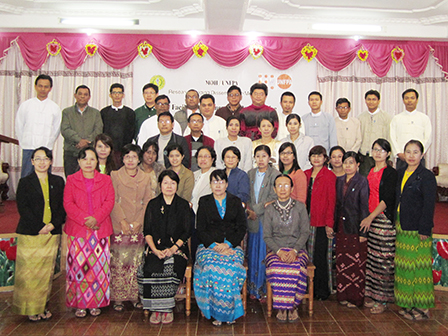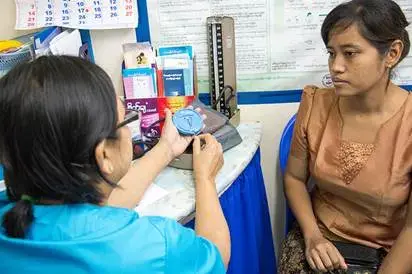Findings showed that 30% of clients reported that they had to pay for contraceptives. This was higher at the tertiary level than primary and secondary level health facilities. Ninety percent of health facilities provided 3 modern contraceptives, while only 58% of facilities offered five or more methods of contraceptives, dropping to 38% at the primary level. The majority of health facilities, 80% and more, had experienced stock outs of at least one contraceptive method in the six months prior to the survey. Lifesaving reproductive health medicines were available at 43% of health facilities at the primary level rising to 89% at tertiary level health facilities.

Supply chain management was found to be weak and stock outs were common in at least 58% of health facilities at all levels. The number of trained health staff providing quality reproductive health care was higher in primary than tertiary health facilities, reflecting the training that UNFPA has provided on reproductive health, emergency obstetric care and birth spacing counselling at the primary level.
It was noted that there were logistical difficulties in reaching health facilities randomly selected for the survey and that satisfaction with services might be increased because clients were interviewed at health facilities and were therefore already accessing services. It was suggested that in future surveys populations not accessing services should be interviewed and health facilities in the private sector should also be included. In addition, oxytocin the most effective lifesaving drug for postpartum haemorrhaging, the leading cause of maternal mortality in Myanmar, is not part of the cold chain supply system and this needs to be addressed.





